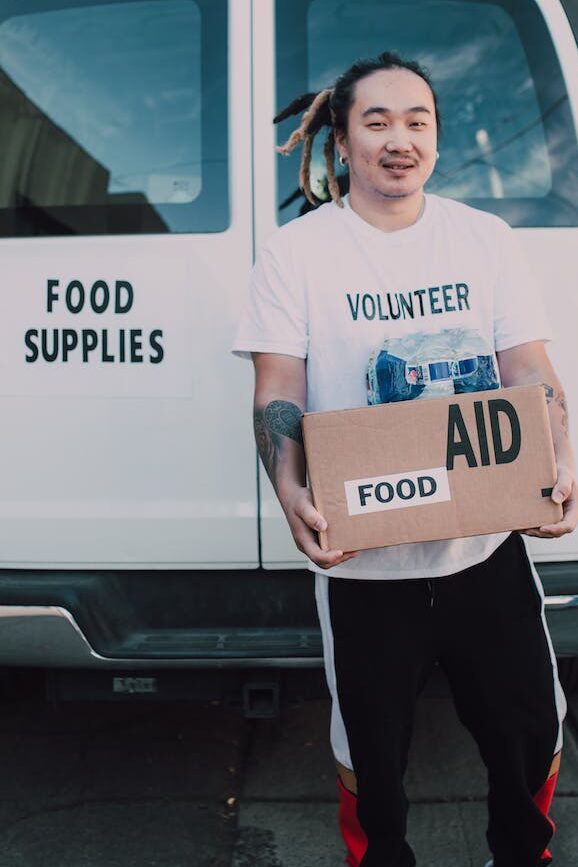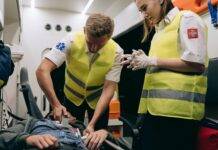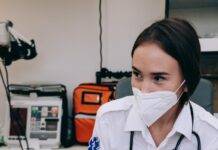
First Aid Supplies: A Comprehensive Guide
Introduction
When accidents happen, having the right first aid supplies on hand can make all the difference. Whether it’s a minor cut, a sprained ankle, or a more serious injury, being prepared with the right tools can help provide immediate care and potentially prevent further complications. In this article, we’ll delve into the essential first aid supplies that every home, office, and vehicle should have.
Why First Aid Supplies Matter
Accidents can happen anytime, anywhere. Having the right first aid supplies readily available can significantly reduce the severity of injuries and even save lives. From minor cuts and bruises to more serious emergencies, being equipped with the appropriate supplies ensures that you can provide immediate care until professional help arrives.
Building a Basic First Aid Kit
Every household should have a basic first aid kit that includes essentials like adhesive bandages, sterile gauze pads, antiseptic wipes, adhesive tape, scissors, and tweezers. This kit acts as your first line of defense in treating minor injuries.
Wound Care Essentials
Proper wound care is crucial to prevent infections. Clean the wound with mild soap and water, apply an antibiotic ointment, and cover it with a sterile bandage. Change the bandage regularly and monitor for any signs of infection.
Managing Sprains and Strains
For sprains and strains, keep elastic bandages and instant cold packs on hand. Rest, ice, compression, and elevation (RICE) are the key principles to remember.
Dealing with Burns and Scalds
Burns and scalds require prompt action. Run cold water over the affected area for at least 10 minutes to minimize damage. An aloe vera-based gel can provide relief and aid in healing.
Medications and Ointments
Include over-the-counter pain relievers, antihistamines, and anti-inflammatory creams in your first aid kit. These can alleviate pain and discomfort until professional medical help is available.
Emergency Tools and Equipment
Flashlights, batteries, and a multi-tool are essential for any emergency situation. These tools can prove invaluable, especially during power outages or when access to regular tools is limited.
CPR and Resuscitation
Knowing CPR can be a lifesaver. Consider taking a CPR course to learn the correct techniques for cardiopulmonary resuscitation.
First Aid for Allergies
An allergic reaction can escalate quickly. Antihistamines and epinephrine auto-injectors (if prescribed) are vital for individuals with known allergies.
Addressing Eye Injuries
Eye injuries require special care. Have an eye wash solution and a sterile eye patch in your first aid kit to provide immediate assistance.
First Aid for Fractures
Stabilize fractures with splints from your first aid kit before seeking professional medical attention. This can help prevent further damage.
Dealing with Heat-Related Illnesses
In hot weather, heat exhaustion and heatstroke are real risks. Stay hydrated and have instant cold packs on hand to cool down if needed.
The Importance of First Aid Training
Having the right supplies is crucial, but knowing how to use them is equally important. Consider taking a first aid training course to boost your confidence and skills.
Creating a Travel First Aid Kit
Traveling exposes you to new environments. Pack essentials like motion sickness medication, sunscreen, and blister treatment pads for a hassle-free trip.
Staying Prepared for Natural Disasters
Natural disasters can disrupt normal life. Keep a waterproof first aid kit in an easily accessible location to ensure you’re ready for the unexpected.
Conclusion
Being prepared with the right first aid supplies can turn you into a proactive responder during emergencies. From basic wound care to more complex situations, having the necessary tools and knowledge can make a significant difference. Remember, accidents can happen anywhere, so it’s better to be safe than sorry.
Anaphylaxis Management: First Aid
Cardiopulmonary Resuscitation (CPR): A Lifesaving Technique
Emergency Medical Kit: First Aid
FAQs about First Aid Supplies
- Can I buy a pre-made first aid kit? Absolutely! Many stores offer pre-assembled first aid kits with a variety of supplies.
- Is it necessary to attend a first aid training course? While it’s not mandatory, attending a first aid training course can greatly enhance your ability to provide effective assistance during emergencies.
- What should I do if I suspect a bone fracture? Immobilize the affected area with a splint and seek medical attention immediately.
- Are there any expiration dates for first aid supplies? Yes, many supplies, like medications, have expiration dates. Regularly check and replace items as needed.
- Where should I store my first aid kit? Store your first aid kit in a cool, dry place that is easily accessible to all household members.
























